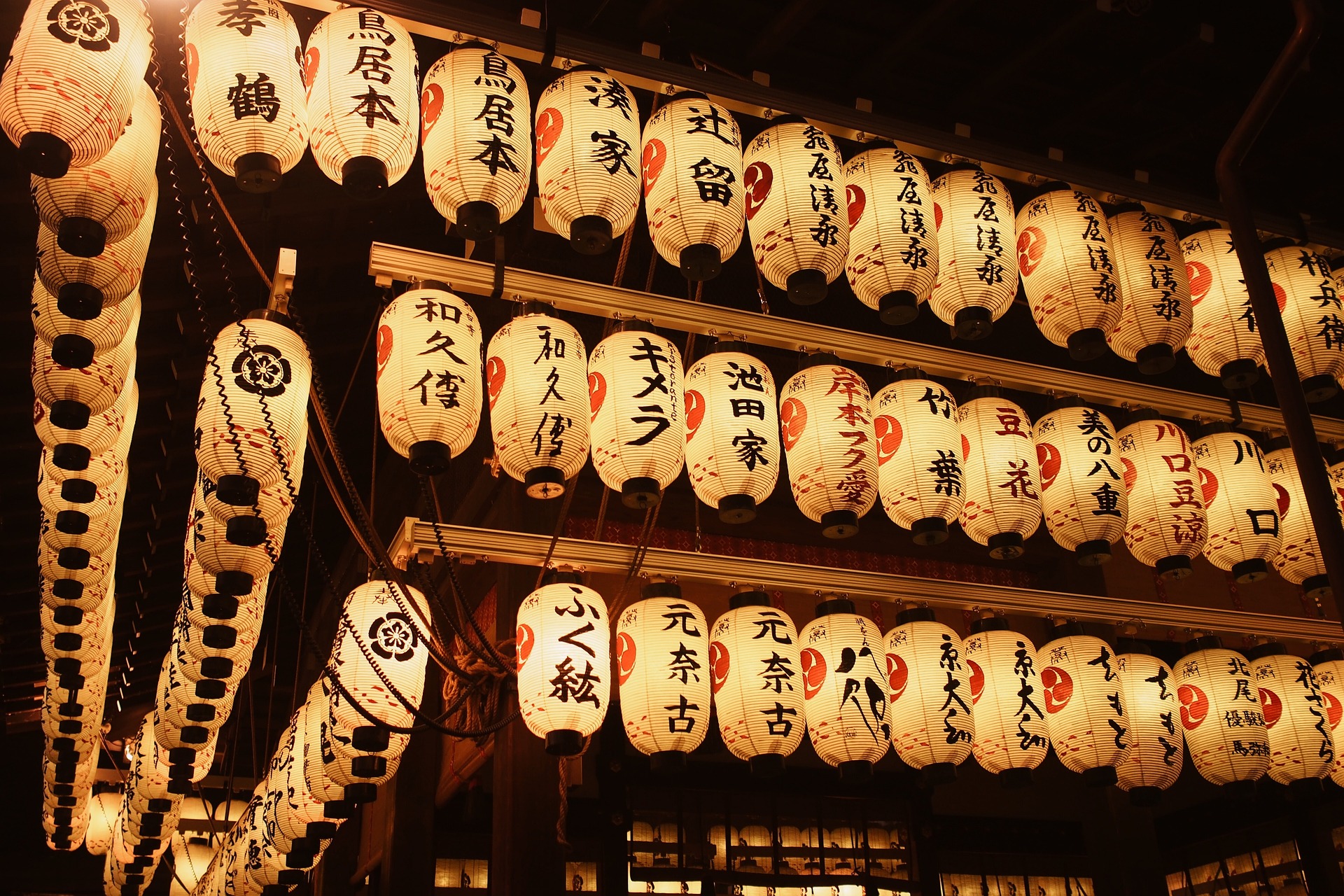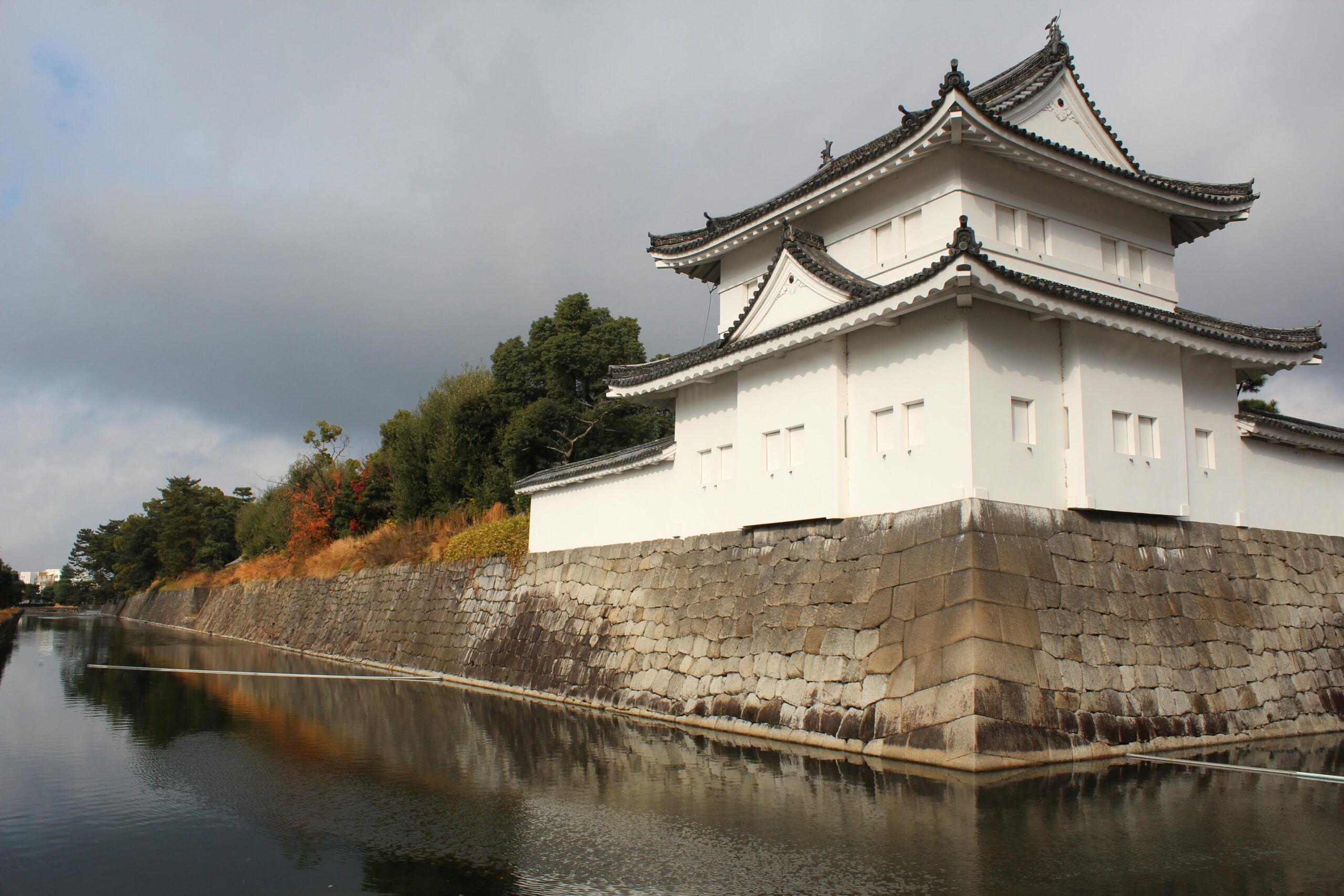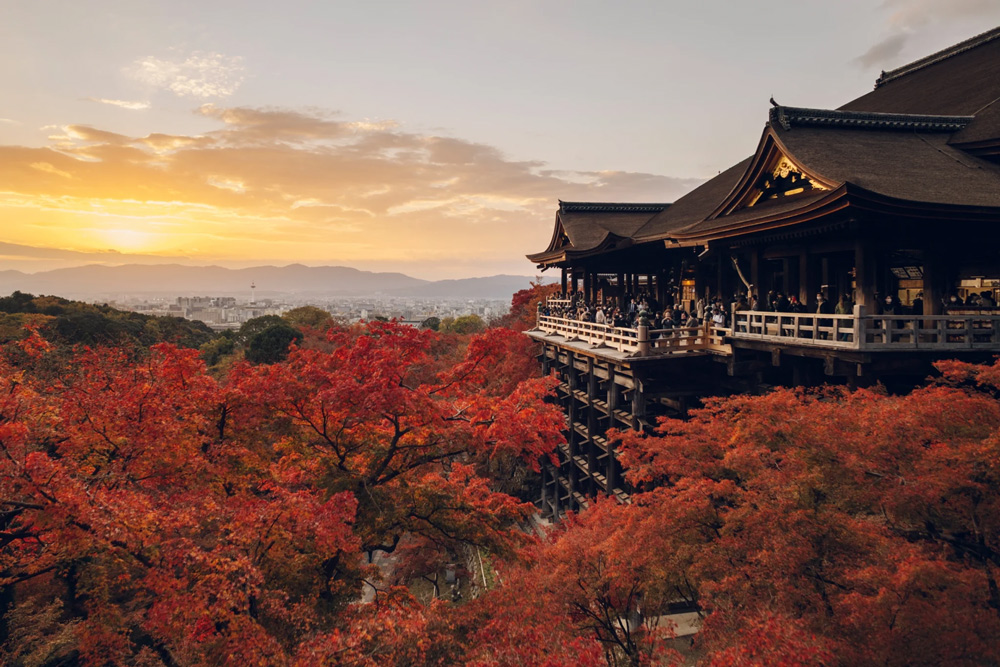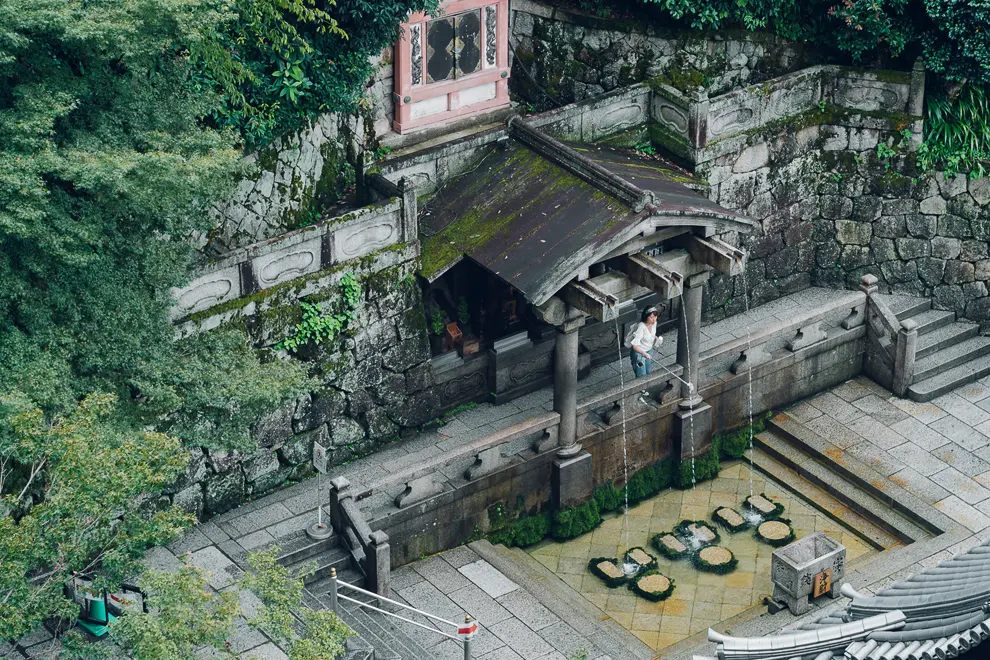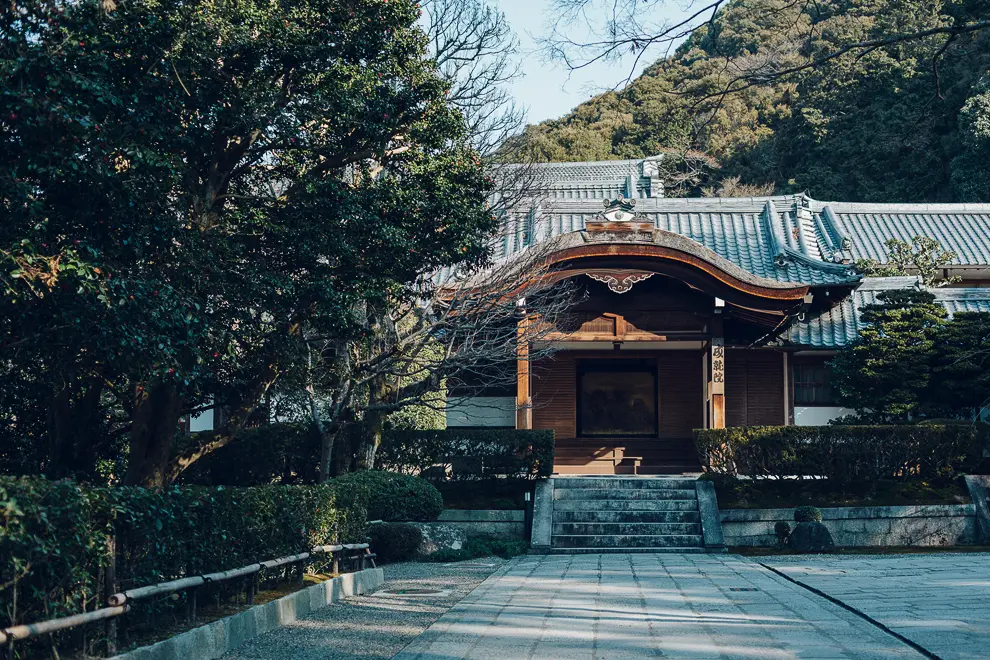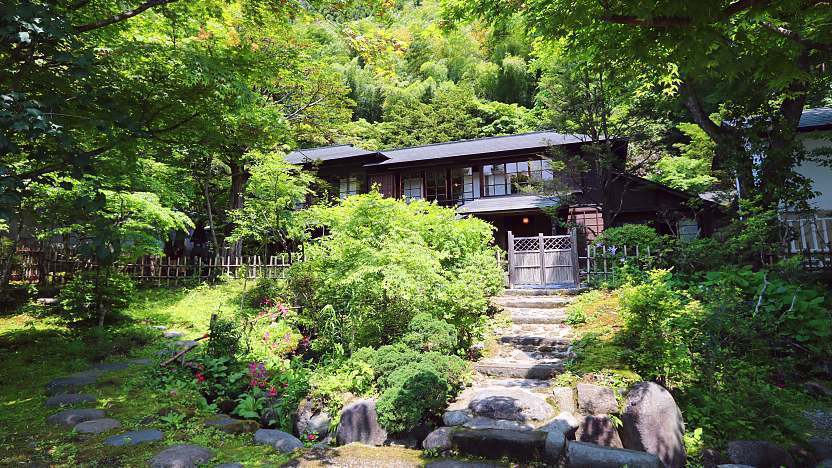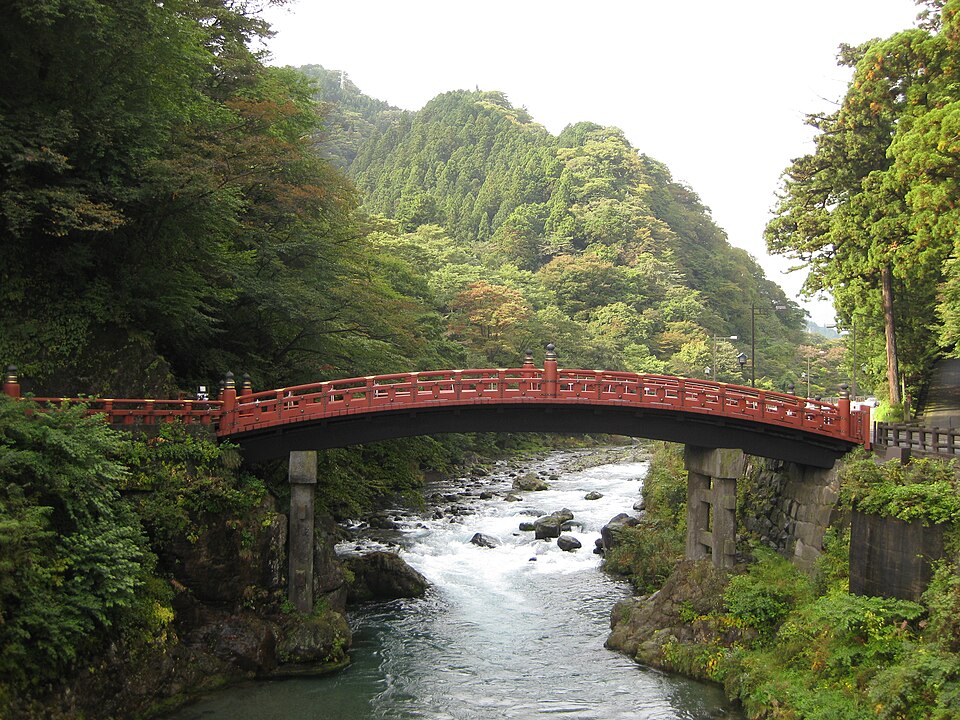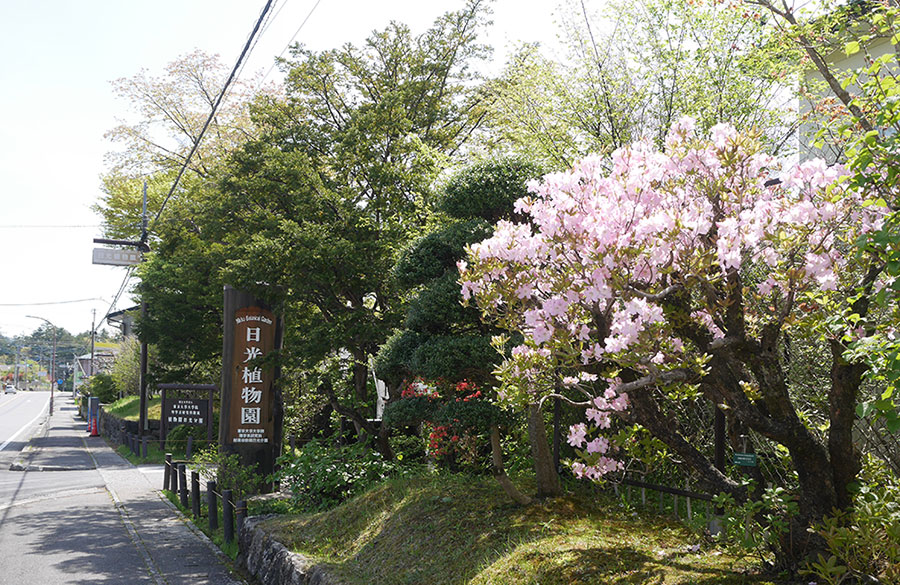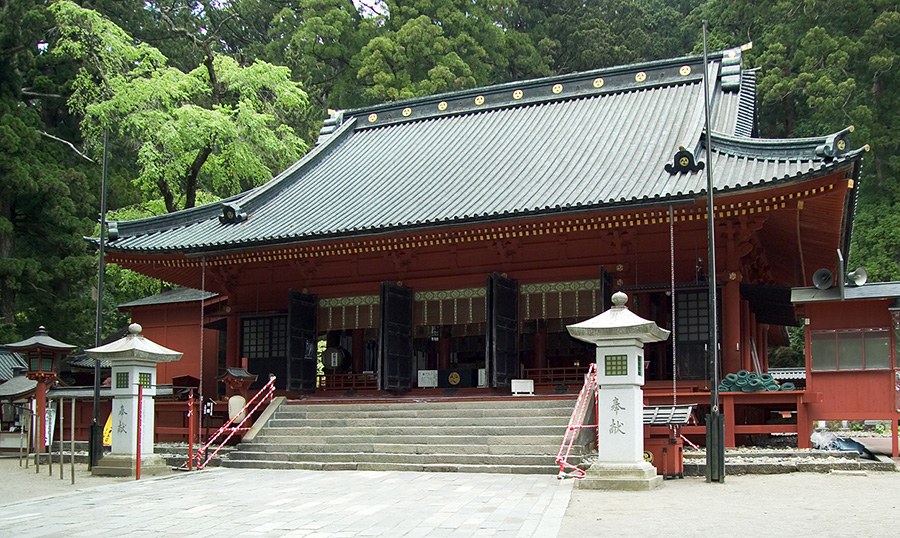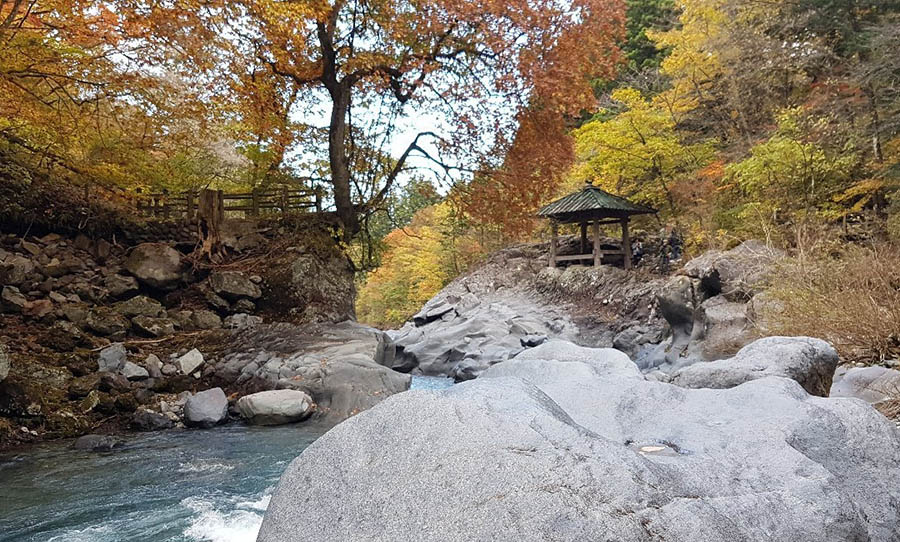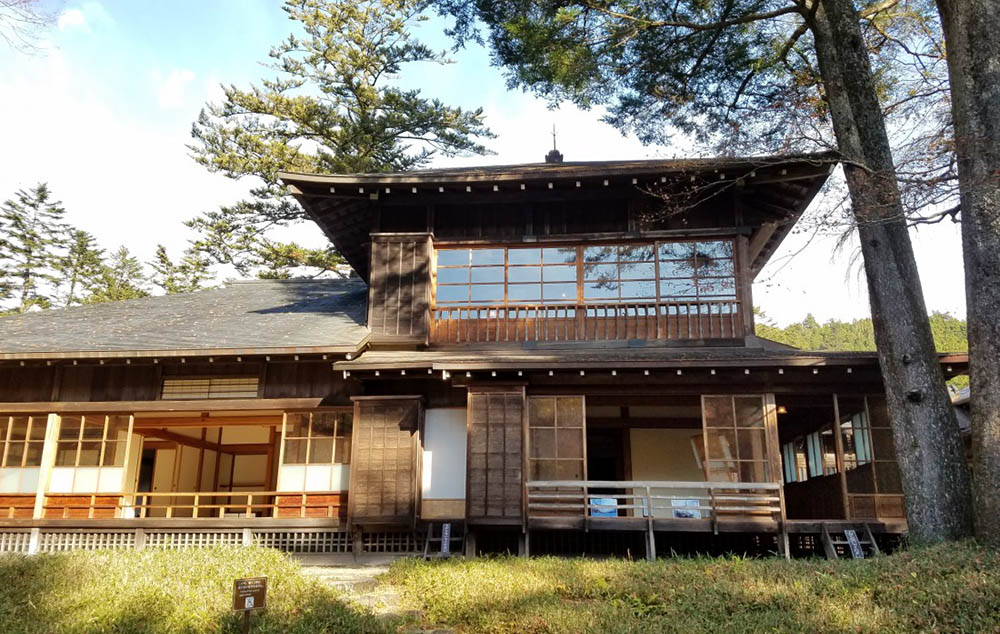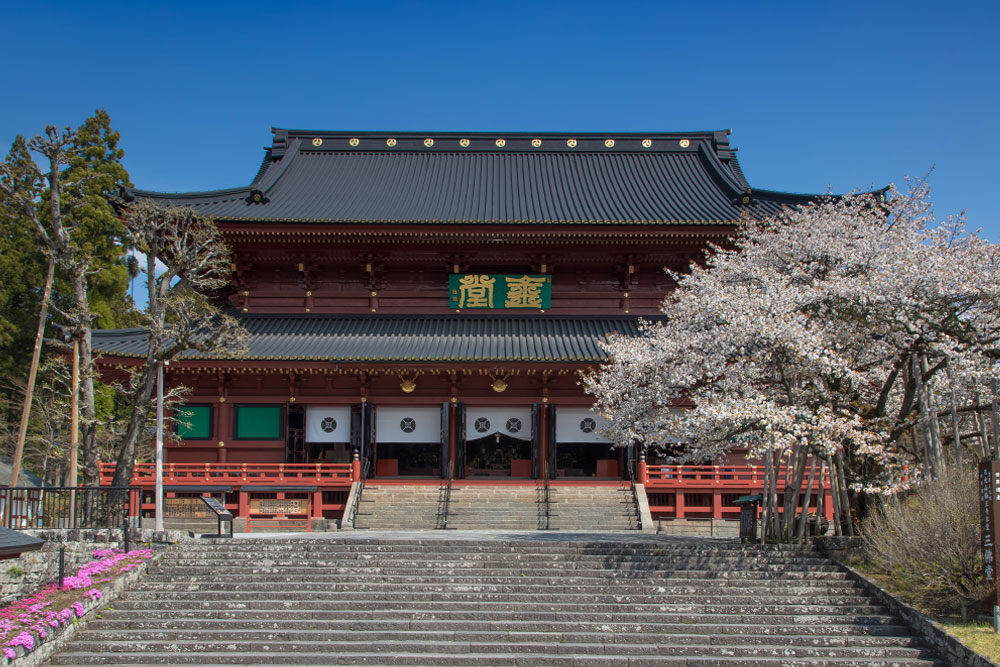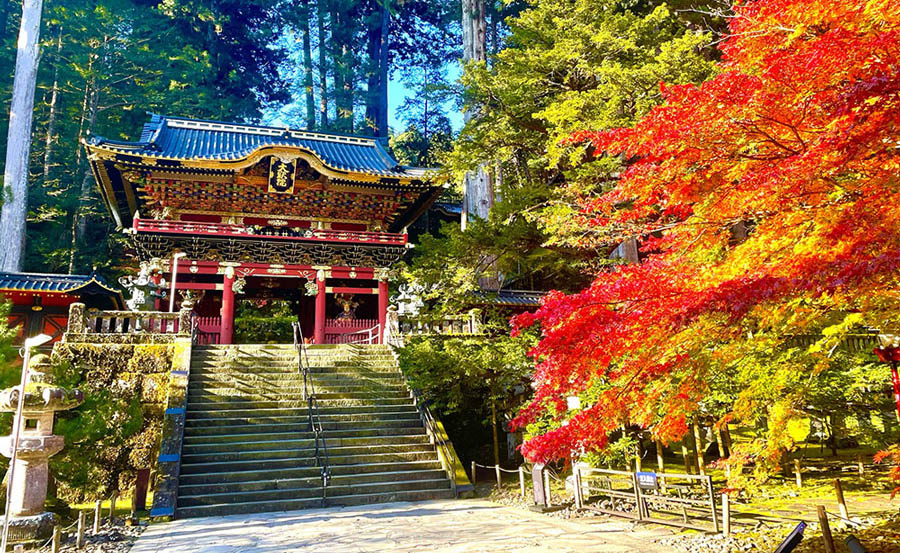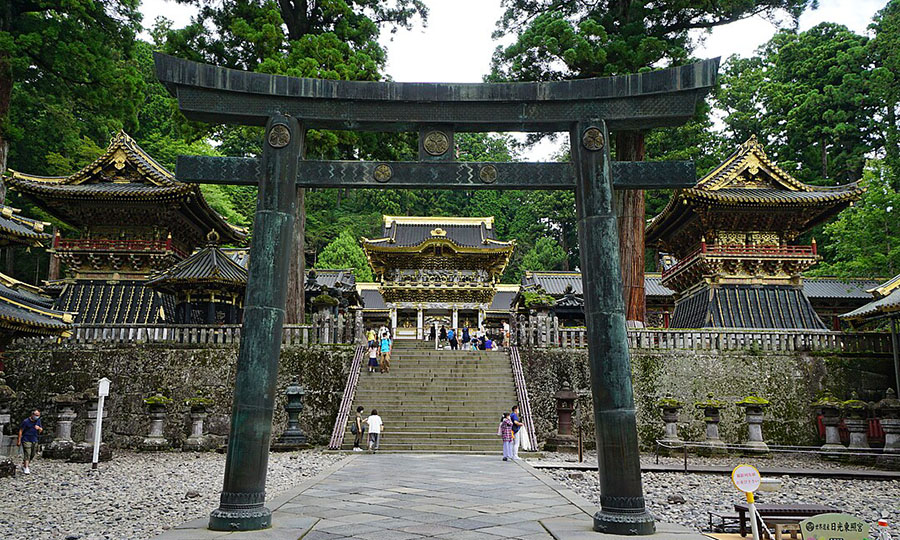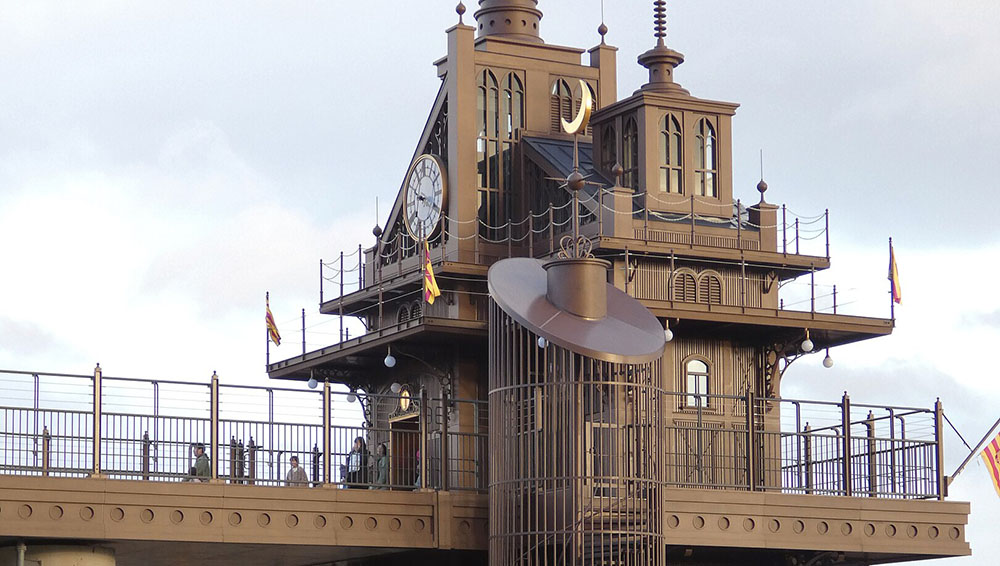Introduction
Fushimi Inari Shrine (Fushimi Inari Taisha) is the most iconic Shinto shrine in southern Kyoto. Founded in 711 AD, this ancient shrine is renowned for its thousands of vermilion torii gates, which form a unique pathway winding up the sacred Mount Inari. As Japan’s most important shrine dedicated to Inari, the god of rice, business, and prosperity, it’s not just a site of deep religious significance but also a visual spectacle that attracts millions of visitors annually.
Key Information
- Location: 68 Fukakusa Yabunouchicho, Fushimi Ward, Kyoto, Japan
- Main Features: Thousands of torii gates, fox statues, hiking trails on Mount Inari
- Recommended Visit Duration: 2-3 hours (full course), 30 minutes-1 hour (main area)
- Best Season: Open year-round, best in spring and autumn
- Admission: Free
Historical Background
Fushimi Inari Shrine’s history dates back to 711 AD, predating Kyoto’s establishment as Japan’s capital. It’s the head shrine of all Inari shrines in Japan, dedicated to Inari, the Shinto deity of rice, sake, prosperity, and success. The shrine’s importance grew over time, especially during the Edo period (1603-1868) when merchants and craftsmen began donating torii gates in large numbers, creating the unique landscape we see today.
The fox statues seen throughout the shrine are believed to be Inari’s messengers. This tradition stems from ancient Japanese beliefs that foxes could prevent famine, thus associating them with Inari, the god of harvest. These elements combine to create Fushimi Inari Shrine’s unique cultural and religious significance.
Main Attractions
1. Senbon Torii (Thousands of Torii Gates)
The Senbon Torii is Fushimi Inari Shrine’s most famous feature. This tunnel of densely packed vermilion torii gates stretches from the base to the summit of Mount Inari, covering a distance of about 4 kilometers. Each gate is donated by an individual or a company, with the donor’s name and date of donation inscribed on the back.
Gate sizes and donation amounts vary:
- Small gates: Around 400,000 yen
- Medium gates: About 600,000 to 800,000 yen
- Large gates: Over 1 million yen
The gates create a unique visual effect that changes with the angle of the sun throughout the day, making it a paradise for photographers. The interplay of light and shadow through the gates is particularly magical during early morning or late afternoon.
Walking under the gates, visitors experience a surreal atmosphere, as if entering another world. The contrast between the vermilion gates and the surrounding greenery offers a unique visual and spiritual experience.
2. Main Shrine (Honden)
The Honden is the core building of Fushimi Inari Shrine and the main place of worship for Inari. It exemplifies traditional shrine architecture, predominantly featuring vermilion and gold colors, creating a solemn and majestic atmosphere.
Key features of the Honden:
- Architectural style: Shinmei-zukuri, with a characteristic gabled roof
- Decorations: Intricate carvings and paintings under the eaves
- Worship etiquette: Visitors should bow and clap twice before offering prayers
In front of the Honden, you can observe worshippers tossing coins and ringing bells as part of their prayers. Visitors are encouraged to experience this tradition and pay respects to Inari.
3. Mount Inari Hiking Trail
Starting from behind the main shrine buildings, visitors can hike up Mount Inari along the path lined with torii gates. The full trail is about 4 kilometers long and takes 2-3 hours round trip, but visitors can decide how far they want to go based on their stamina.
Trail features:
- Difficulty: Moderate, with stairs and uphill sections
- Scenery: Besides the torii gates, hikers can enjoy forest views and panoramas of Kyoto city
- Rest areas: Several small shrines and rest stops along the way
During the hike, you’ll encounter numerous smaller shrines dedicated to various deities, each with its unique story and purpose.
4. Yotsutsuji Intersection
About 30-45 minutes into the hike, you’ll reach the Yotsutsuji Intersection, a popular turnaround point for many visitors and an excellent spot to view Kyoto’s cityscape.
Features of Yotsutsuji Intersection:
- View: Panoramic views of Kyoto, and on clear days, even Osaka is visible
- Facilities: Rest area and vending machines for refreshments
- Trail options: Choose to continue to the summit or take an alternative path down
5. Fox Statues and Ema
Throughout the shrine, you’ll find various fox statues. These are not mere decorations but carry deep cultural significance.
Characteristics of fox statues:
- Poses: Some hold keys, jewels, or rice sheaves, symbolizing wealth and harvest
- Materials: Mostly stone, with some bronze statues
- Significance: Viewed as Inari’s messengers and guardians of the shrine
Ema are wooden plaques for writing wishes, common in Japanese shrines. At Fushimi Inari, many ema are fox-shaped. Visitors can purchase these, write their wishes, and hang them in designated areas.
Best Time to Visit
Fushimi Inari Shrine is open year-round, but the best times to visit are spring (March-May) and autumn (October-November).
- Spring: Cherry blossoms beautifully complement the torii gates
- Autumn: Fall foliage creates a stunning contrast with the vermilion gates
- Summer: Lush greenery, though it can be hot and humid
- Winter: Occasional snowfall adds a serene beauty to the shrine
Early morning or late afternoon visits are recommended to avoid crowds and enjoy different lighting effects. The sight of sunlight filtering through the gates at sunrise or sunset is particularly spectacular.
Getting There
- From JR Kyoto Station:
- Take the JR Nara Line to Inari Station (about 5 minutes, 150 yen)
- The shrine entrance is a 3-minute walk from the station
- From Keihan Main Line:
- Get off at Fushimi Inari Station
- The shrine is a 5-minute walk from the station
- By Bus:
- Take City Bus #5 from Kyoto Station and get off at Inari Taisha-mae
- By Taxi:
- About 15 minutes from Kyoto Station, costing 1500-2000 yen
Opening Hours and Admission
- Opening Hours: 24 hours, 365 days a year
- Admission: Free
- Specific area opening times:
- Main shrine buildings: 6:00 AM to 6:00 PM (6:30 PM in summer)
- Shrine office: 8:30 AM to 4:30 PM
Visitor Tips
- Wear comfortable walking shoes suitable for hiking.
- Bring enough water and snacks, as options on the mountain are limited and pricey.
- Prepare for rain, especially during the rainy season (mid-June to mid-July).
- Respect local customs by staying quiet and not eating in the main shrine areas.
- Consider purchasing small torii gates or fox-shaped ema as souvenirs or for wishes.
- Use a wide-angle lens to capture the impressive torii gate tunnels.
- If time allows, explore the shrine at different times of day for varied lighting effects.
- Arrive early to avoid peak crowds, which typically build up after 10 AM.
Official Website
Fushimi Inari Taisha Official Website
Conclusion
Fushimi Inari Shrine offers a unique blend of spiritual significance and visual splendor. From the awe-inspiring thousands of torii gates to the mysterious fox statues, from the majestic main shrine to the tranquil mountain paths, every corner is steeped in rich cultural heritage and distinctive beauty. Whether you’re a history enthusiast, a photography lover, or a seeker of tranquility, this shrine promises an unforgettable experience.
As you embark on this journey through the “earthly paradise” of torii gates, immerse yourself in the charm of traditional Japanese culture, listen to the whispers of centuries past, and create your own cherished memories. Fushimi Inari Shrine is not just a must-visit destination in Kyoto but a window into the spiritual world of Japan. Let’s explore this mysterious and beautiful world together, finding our own moments of peace and wonder amidst the vermilion gates and lush greenery.

